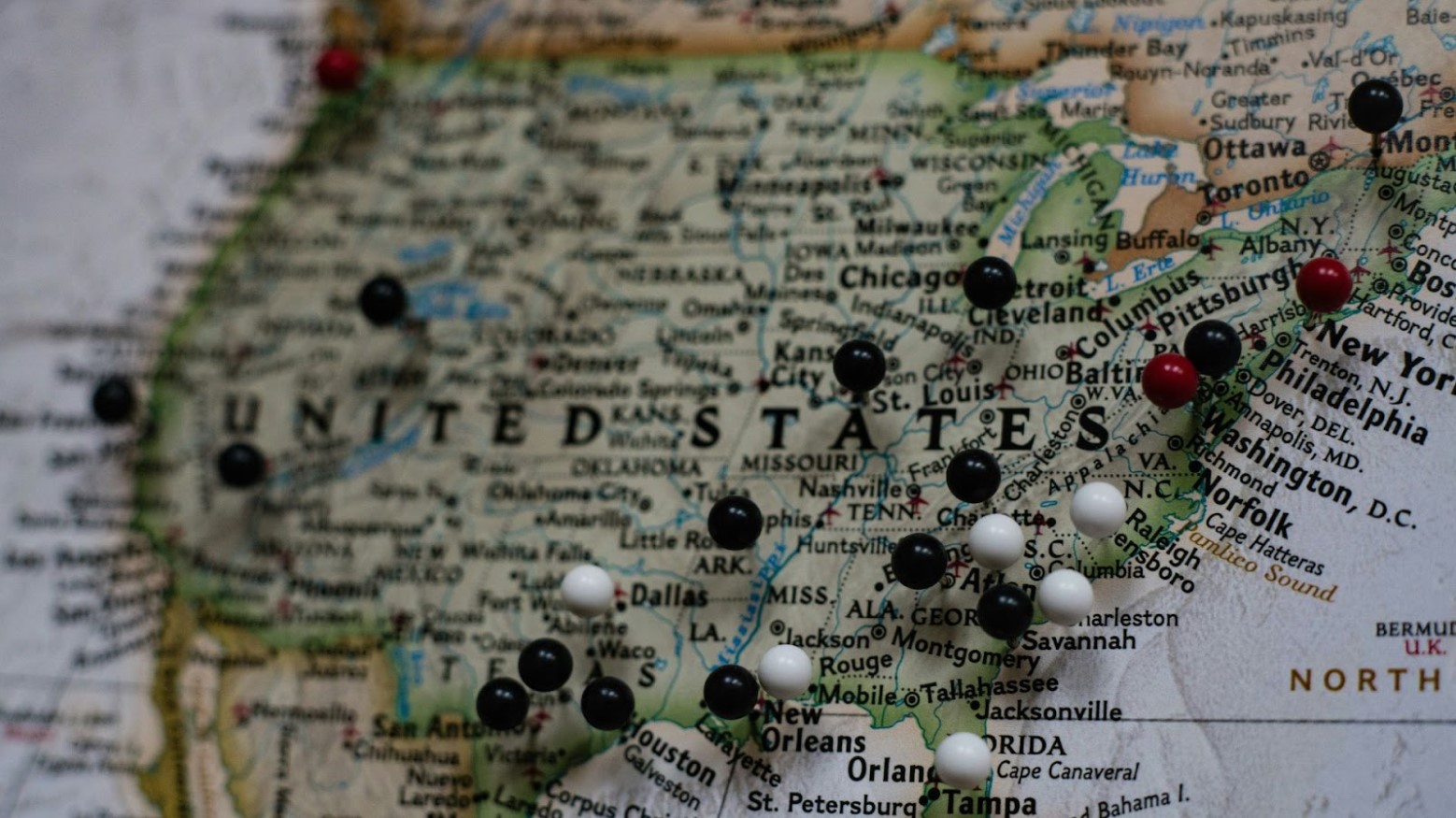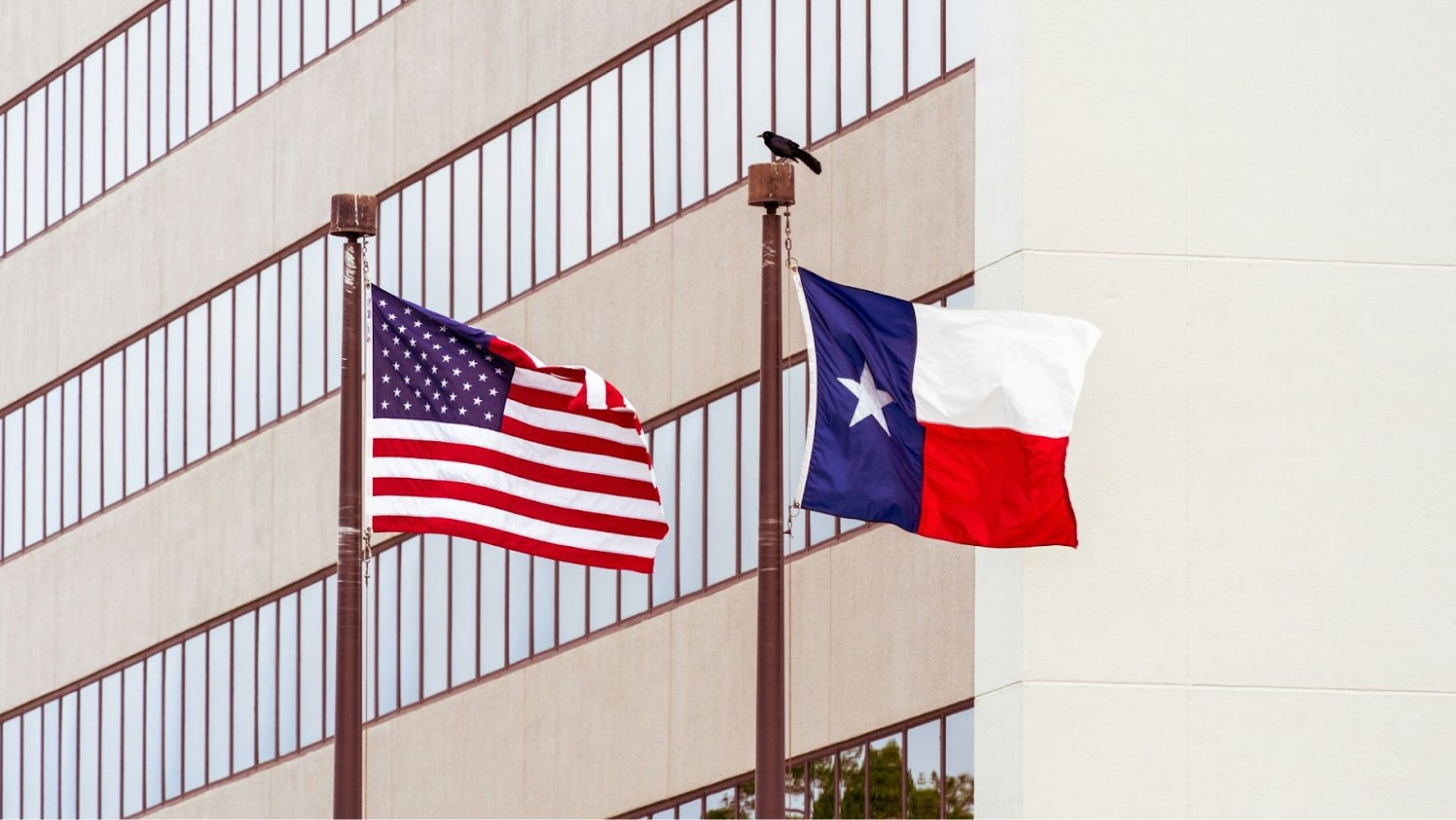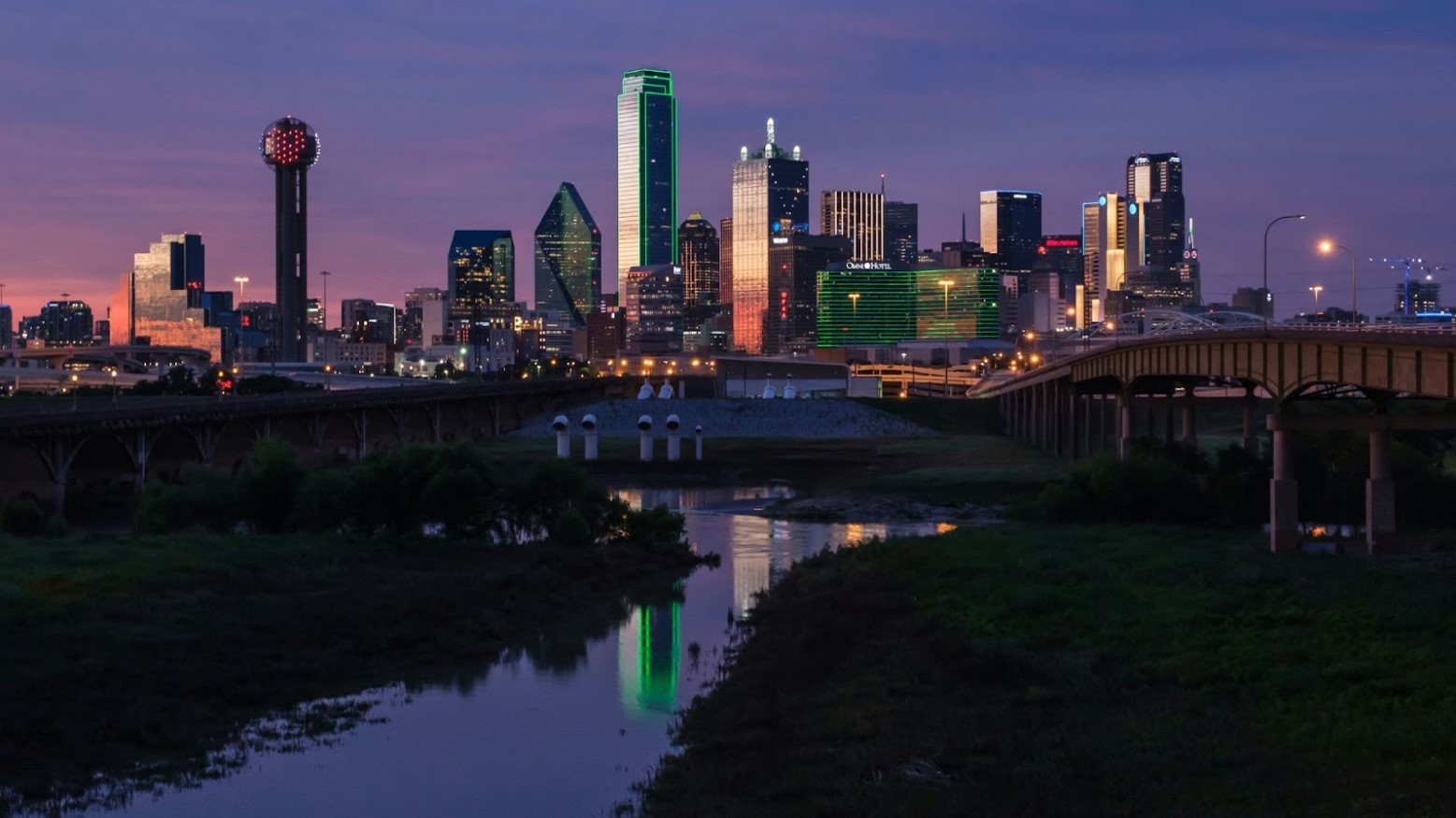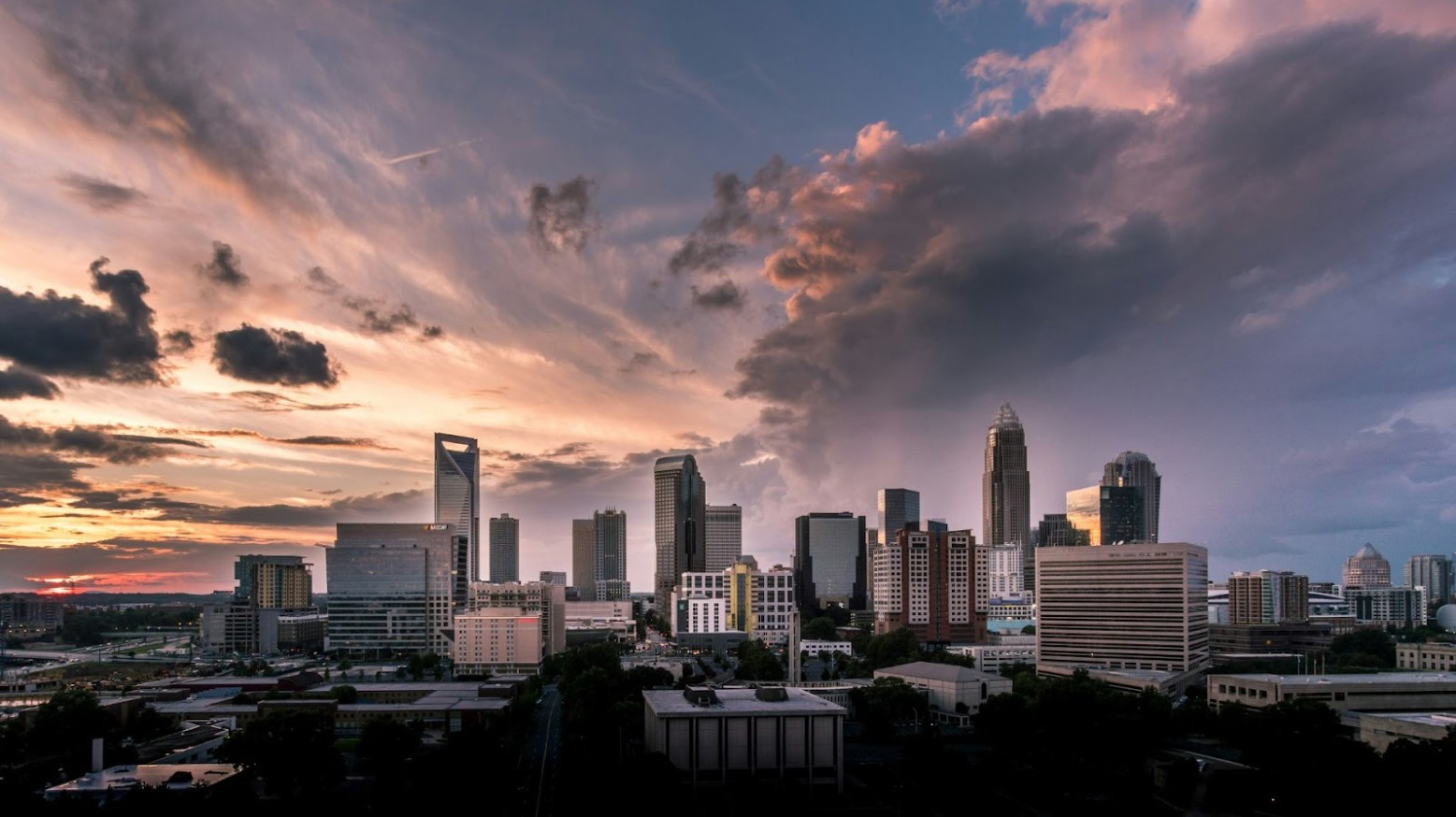U.S. Census Bureau partner the State Data Center has released an interactive map of the country that shows which states in the United States are growing the fastest — and which ones are shrinking the fastest.
This map further highlights how the country has seen interesting migration movements in the past few years alone.
Migration in the Last Four Years

This map only shows the number of people states in the United States have had in the last four years. Therefore, state population numbers from April 2020 to 2024 are included.
Throughout the interactive map, it is clear that some states gained a huge amount of people in the last four years. However, some states didn’t experience any growth at all — and instead lost population.
Pandemic Migration Trends

Many analysts have long been interested in seeing if some of the pandemic migration trends that occurred in 2020 would persist into later years.
According to this data, population trends have now fully moved back to pre-pandemic numbers. This is likely because the number of deaths seen yearly began to decrease again in 2022.
Population Movements

Interestingly, it appears that some of the states that have had the biggest population increase recently didn’t experience this massive boom until the last two years.
Between 2022 and 2023, many large migration movements were seen between states, especially when compared to earlier years.
The Fastest Growing State

According to this map, Texas takes home the prize for the fastest-growing state in the entire U.S. Between 2022 and 2023 alone, more than 470,000 people moved to Texas, making its population increase.
This has led many analysts to claim that Texas remains the fastest-growing state — and will likely continue to grow.
Over 30 Million People in Texas

Because of this mass migration movement seen in Texas, the state now holds more than 30 million people today.
Dudley Poston, a demography expert and an emeritus professor of sociology at Texas A&M University, said, “I expect Texas will continue to grow, from just over 30 million today, and maybe reach 45, maybe even 50 million by the year 2050.”
Fastest Growing County in the U.S.

While Texas is the fastest-growing state in the country, it also holds the fastest-growing county. Kaufman County, which is outside of Dallas, has seen a huge population surge in the last few years, as its population has increased by about 7.5%.
Now, it’s the number one county growing at an accelerated rate in the United States.
Florida’s Growth

Texas isn’t the only state in the country that has seen a population increase. Many people have moved to , which has caused the state to be the second fastest growing in the nation.
Florida has seen a population increase of about 370,000 recently. This will likely continue to rise, similarly to Texas.
Other Quickly Growing States

While Texas and Florida have seen a huge population growth, so have other states. Notably, many of them are in the South.
After Texas and Florida, North Carolina and Georgia are the next states to grow the most recently, as they both saw population increases of about 100,000 each.
States With Declines

Some states have seen population declines. New York lost the most population, losing about 100,000 people. Meanwhile, California lost about 75,000.
This map, therefore, shows that data backs up some of the allegations that many people in New York and California are moving to states like Texas and Florida.
Understanding These Movements

There are many factors to consider when trying to understand these mass migration movements seen throughout the country. Many Americans have recently chosen to move to areas where housing may be cheaper. Lower taxes, better job opportunities, and lower cost of living may have also spurred this move.
Poston further explained this, saying, “Here Texas and Florida have all the benefits, and California and New York don’t.”
Politics Don’t Often Play a Role

While many politicians have claimed that this mass migration is the result of a change in politics, Poston has noted that there is actually no data to back this up. Instead, it appears that politics really don’t often play a role in migration movements.
According to Poston, if this was the case, then the migration movement would show people in conservative states moving to more liberal states.
